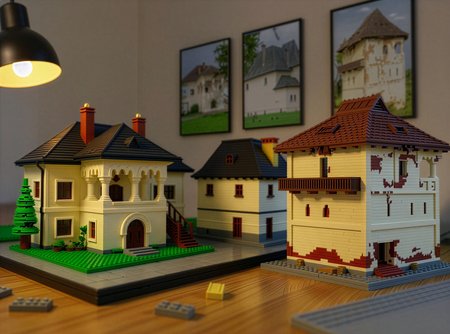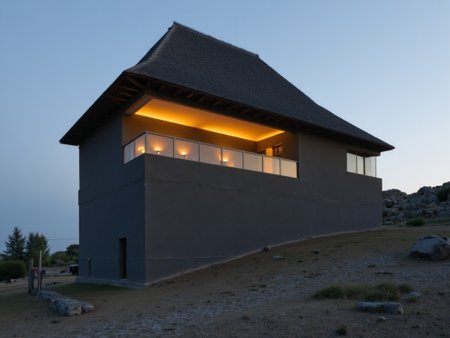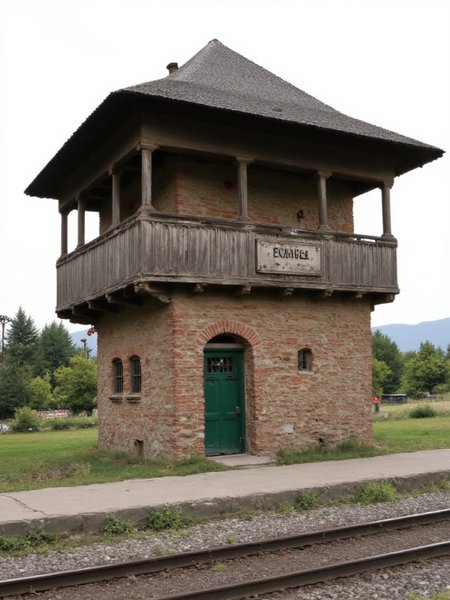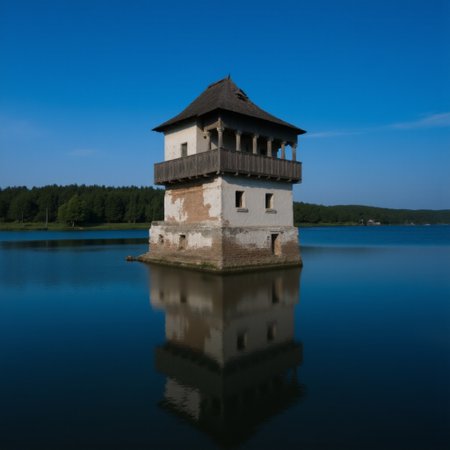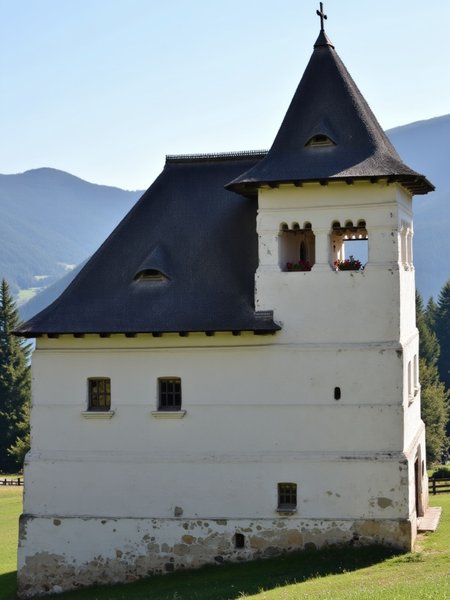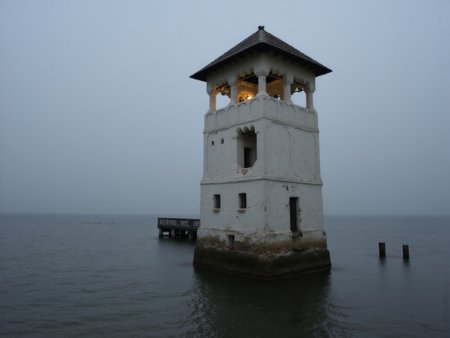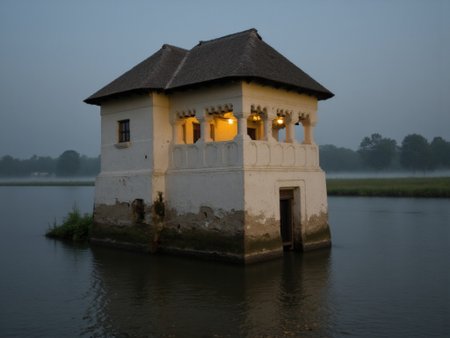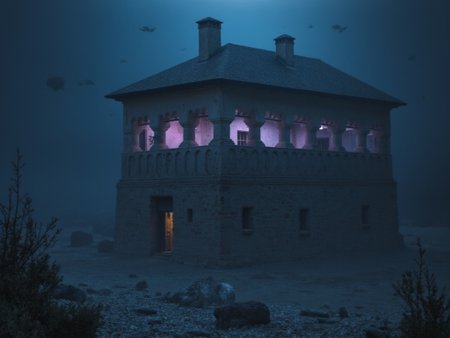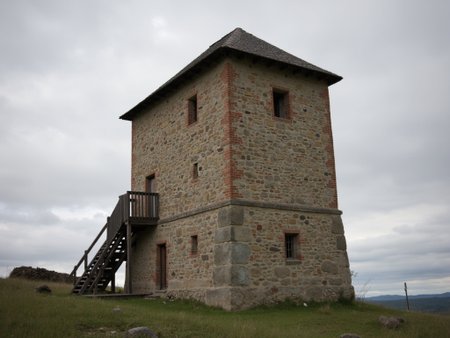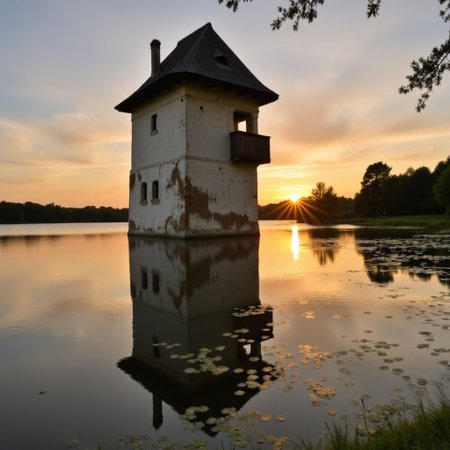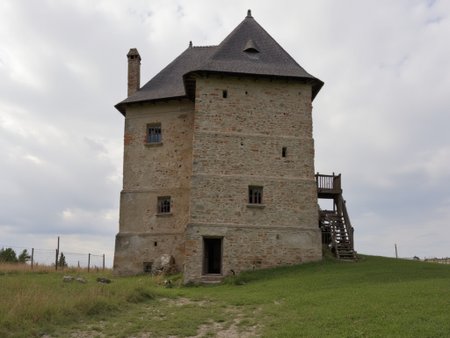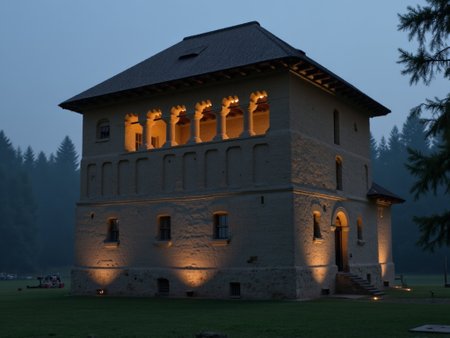This is an Flux LORA trained on the intangible concept of fortified Kula Architecture.
"A culă (plural: cule; from Turkish kule "tower, turret"; english Kula) is a type of semi-fortified dwelling historically found in the Oltenia region of Romania, with notable examples also in Muntenia (in the counties of Argeș and Teleorman). Constructed primarily between the 17th and 19th centuries, these structures served as residences for the boyar aristocracy, offering protection against invasions and local uprisings. Architecturally, cule are characterized by their tower-like appearance, typically featuring multiple levels, thick walls, and defensive elements such as narrow windows or loopholes for archers. The design reflects a blend of domestic comfort and military functionality, embodying the capacity of traditional Romanian architecture to assimilate foreign influences while remaining distinctively local. Similar tower houses are prevalent throughout the Balkans, including in Serbia and Albania." - wikipedia
Trigger Word: FolkloraKule
To better utilize this LORA follow our prompting guide.
FolkLORA is a project to revitalize intangible heritage in the digital and AI era.
We address a practical need: today, generative artificial intelligence distorts cultural elements it hasn’t been specifically trained on. This doesn’t stop content creators from using it, and the result is cultural erosion, amplified by successively mutating transcriptions of heritage.
The solution can’t be containment, but rather a helping hand in the right direction. In collaboration with ethnographers and cultural institutions in Romania, we have developed a library of specialized AI extensions (LoRA).
Each model is trained on a specific dataset—such as Horezu ceramics, Oltenian cule (fortified manor houses), or traditional masks—allowing the AI to generate images with a high degree of visual and cultural accuracy.
These tools are open source and available to artists, designers, and researchers, providing a solid foundation for creative projects that make responsible use of cultural heritage.
